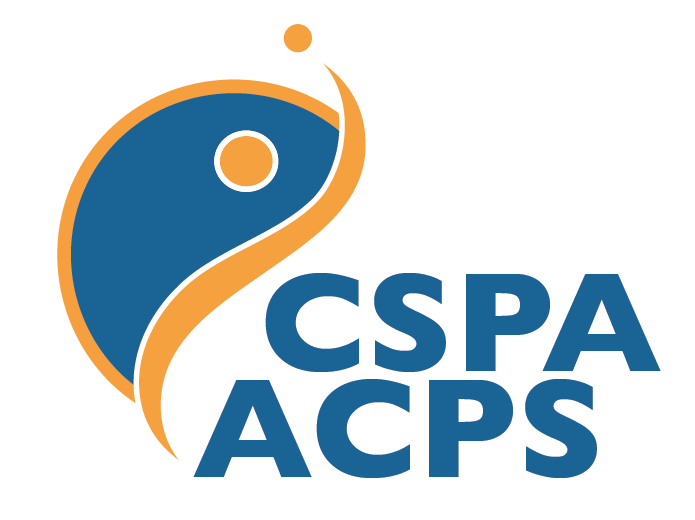Revisiting Growth Mindset as a Core Capacity of Sport Psychology

Published
Growth mindset is a mental schema that has the power to influence our thoughts, decisions, and behaviors. The positive implications are many, and in a 2009 issue of Olympic Coaching Magazine, Growth-pioneer Carol Dweck identified that a growth mindset allows athletes to “embrace learning, [as well as] welcome challenges, mistakes, and feedback.”
A growth mindset guides one’s response to challenge and their ability to self-reflect in the face of setbacks. A fixed mindset, which is characterized by the interpretation of situations as unchangeable, leaves little or no room for personal agency (Dweck, 2015). In jobs, relationships, and daily operations, challenges are absolute. How one engages with those challenges (and their perceived level of agency within them) will influence further behavior.
When coaches refer to the life lessons learned through sport, growth mindset might be one of the most powerful.
The Language of Growth
Is the weight too heavy to lift or will the weight take all of one’s strength to move? Is the team across town too good to beat or will it take a coordinated team effort to win?
In these examples, the initial language is the product of a fixed mindset, which might come from a subliminal fear of failure. If one says that the weight is too heavy to lift, then when they do not succeed in lifting it, nothing has been lost. There is no need to give one’s best effort for a task perceived as “impossible,” and there will likely be little to evaluate. After all, the weight was too heavy to lift.
If one were to adopt a growth mindset and identify that the weight – heavy as it may be – will take all of one’s strength to move, thereby giving full effort, then the experience will provide a learning opportunity. Whether the weight is successfully lifted or not, the athlete’s best effort will provide accurate feedback regarding their abilities. They might be able to identify a sticking point within their attempt and adapt their training efforts accordingly, or reflect on their lack of rest in the days leading up to the attempt and prioritize differently in the future. An athlete with a fixed mindset does not reap the same benefit from a challenging experience.
There is a difference between a challenge being difficult and impossible. “Impossible” is a statement of finality. “Difficult,” when one is equipped with a growth mindset, is just the beginning.
Scientifically Supported
The language of growth, if cultivated routinely, finds its way into other areas of life.
Recent research has identified potential neural correlates between the adoption of a growth mindset and intrinsic motivation (Ng, 2018). Ng’s research suggests that a manner of thinking walks a traceable pathway in the brain, which is also walked by those who demonstrate behaviors associated with intrinsic motivation. Neural pathways are not allocated specifically to sport, but can be activated while preparing for sport – these streamlined connections can then be activated while engaging with challenges in other realms (Seidler, 2010). The more often the metaphorical path is walked, the more entrenched it becomes (Sarrasin, et al. 2018).
With this in mind, an athlete might want to incorporate growth-based visualization in preparation for competition.
- Envision being matched up against the opponent’s top player. An athlete with a fixed mindset might lament the ability differential (“she’s too fast” or “she’s too tall”). An athlete with a growth mindset will recognize the differences and make strategic adjustments to account for them.
- Envision a referee making a call that goes against you and your team. An athlete with a fixed mindset might take a penalty personally and respond with anger, blaming the referee for the outcome. An athlete with a growth mindset will reflect on the behavior that caused the penalty and modify their technique.
- Envision your team falling behind on the scoreboard and you overhear a comment from a teammate suggesting that the game is over. An athlete with a fixed mindset might see this as confirmation of an absolute outcome. An athlete with a growth mindset will recognize that as long as there is time on the game clock, there is an opportunity to positively influence the outcome.
The language used before an event influences the way participants engage with an event. Language that aligns with either a fixed mindset or a growth mindset will influence behavior accordingly.
Next Steps
The utilization of these strategies depends on self-awareness.
Intentional use of language, intentional cultivation of mindset often requires one to create space between an event and their response to that event. A practitioner must first become aware of the language they use in challenging moments. In a state of awareness, they are then faced with a choice: to fall into fixed, immobile, negative methods of naming their environment, or recognize that they have agency, the potential to improve, and may retain optimism in the presence of challenge.
Since challenges are part of life, flourishing in sports and other areas might depend on a growth mindset. It will not always be easy, but it will be worth it.
References
Dweck, C. (2009). Mindsets: Developing Talent through a Growth Mindset. Olympic Coaching Magazine, 21(1), 4-7.
Dweck, C. (2015). Carol Dweck Revisits the ‘Growth Mindset.’ Education Week, 35(5), 20-24.
Fujita, K., and Trope, Y. (2014). Structured Versus Unstructured Regulation: On Procedural Mindsets and the Mechanisms of Priming Effects. Social Cognition, 32.
Kahneman, D. (2011). Thinking, fast and slow. Farrar, Straus and Giroux.
Molden, Daniel C., (2014). Understanding Priming Effects in Social Psychology: What is “Social Priming” and How Does it Occur? Social Cognition, 32, 1-11.
Ng, B. (2018). The Neuroscience of Growth Mindset and Intrinsic Motivation. Brain Science, 8(2), 1-10.
Sarrasin, J.B., Nenciovici, L., Foisy, L.M.B., Allaire-Duquette, G.B., Riopel, M., Masson, S., (2018). Effects of teaching the concept of neuroplasticity to induce a growth mindset on motivation, achievement, and brain activity: A meta-analysis. Trends in Neuroscience and Education,12, 22-31.
Seidler, R.D., (2010). Neural Correlates of Motor Learning, Transfer of Learning, and Learning to Learn. Exercise and Sport Science Review, 38(1), 3-9.
Spencer, S. J., Steele, C. M., & Quinn, D. M. (1999). Stereotype threat and women's math performance. Journal of Experimental Social Psychology, 35(1), 4–28.
Share this article:
Published in:





